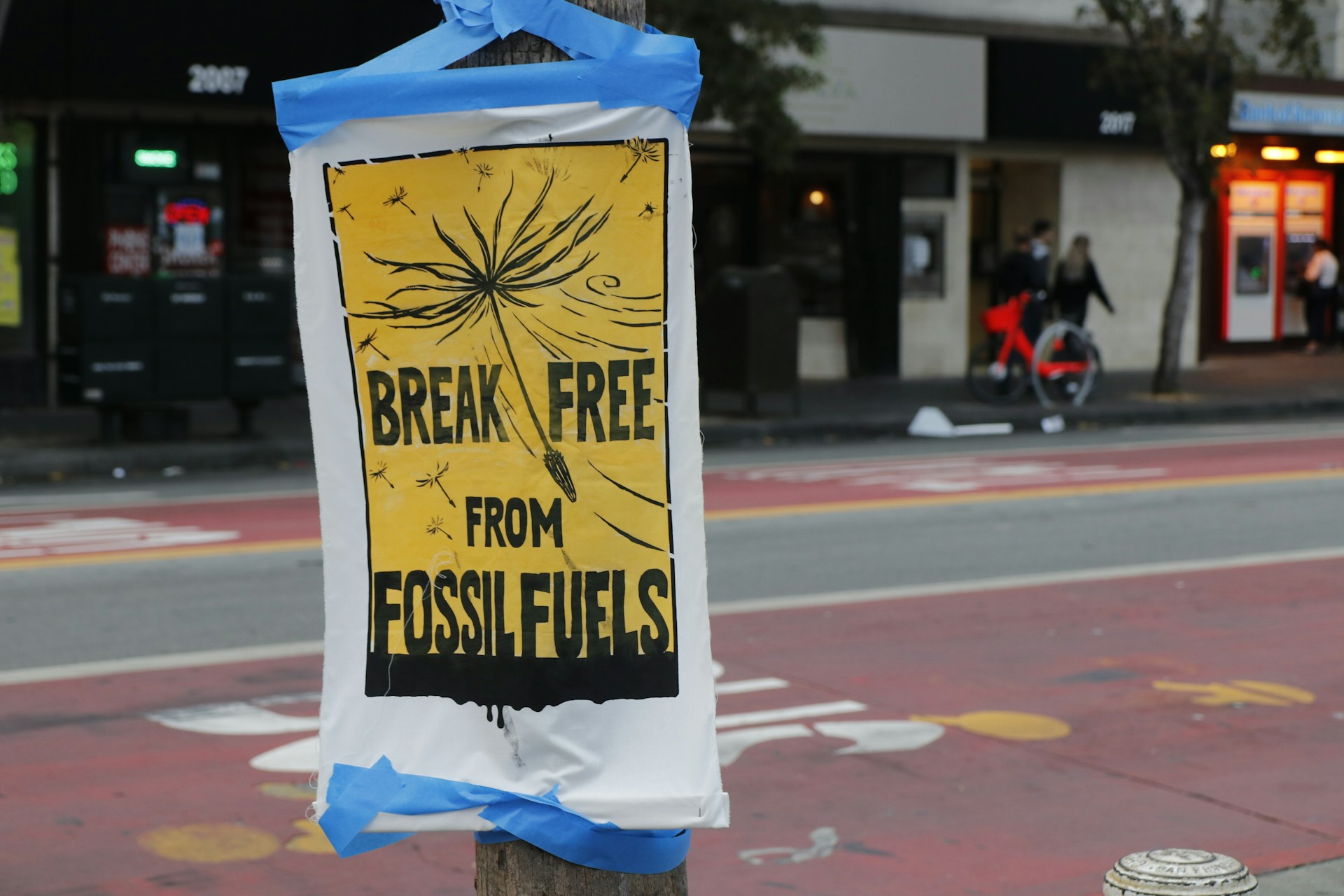
Sustainable Supply Chain Strategies: Breaking Trends & Analysis
1.1 What is a Supply Chain?
A supply chain is like a web, connecting various entities involved in the production and distribution of goods or services. It encompasses everything from raw material extraction to the end consumer.
1.2 Importance of Sustainability in Supply Chains
The world is changing, and so are consumer expectations. Today, consumers demand products that are not only high quality but also produced sustainably. This shift has made sustainability a crucial aspect of supply chain management.
1.3 Overview of Sustainable Supply Chain Strategies
Sustainable supply chain strategies focus on minimizing environmental impact, promoting ethical practices, and ensuring social responsibility throughout the supply chain lifecycle.
2. Key Components of Sustainable Supply Chain Strategies
2.1 Ethical Sourcing
Ethical sourcing involves sourcing materials and components from suppliers who uphold fair labor practices, respect human rights, and adhere to environmental regulations.
2.2 Green Logistics
Green logistics emphasizes the use of eco-friendly transportation modes, optimizing routes to reduce emissions, and minimizing packaging waste.
2.3 Waste Reduction and Recycling
Waste reduction and recycling involve implementing processes to minimize waste generation during production and finding innovative ways to reuse or recycle materials.
2.4 Energy Efficiency
Energy efficiency focuses on reducing energy consumption across the supply chain, incorporating renewable energy sources, and investing in energy-saving technologies.
2.5 Stakeholder Collaboration
Stakeholder collaboration involves building partnerships with suppliers, manufacturers, distributors, and consumers to collectively work towards sustainable supply chain goals.
3. Breaking Trends in Sustainable Supply Chain Management
3.1 Technology Integration
Advancements in technology, such as blockchain, IoT, and AI, are revolutionizing supply chain management by enhancing transparency, traceability, and efficiency.
3.2 Circular Economy Practices
The adoption of circular economy practices, such as product lifecycle extension, remanufacturing, and closed-loop systems, is gaining traction as a sustainable alternative to traditional linear models.
3.3 Transparency and Traceability
Consumers are increasingly demanding transparency and traceability in supply chains, prompting companies to implement tools and systems to track products from source to shelf.
3.4 Resilience and Risk Management
Global events like natural disasters and pandemics have highlighted the importance of building resilient supply chains capable of adapting to disruptions and mitigating risks.
4. Analysis of Sustainable Supply Chain Strategies
4.1 Benefits of Implementing Sustainable Supply Chain Strategies
Implementing sustainable supply chain strategies not only reduces environmental impact but also enhances brand reputation, fosters innovation, and drives cost savings in the long run.
4.2 Challenges and Barriers
Despite the benefits, companies may face challenges such as higher initial investment costs, resistance to change, and the complexity of managing multi-tiered supply chains.
4.3 Case Studies of Successful Implementations
Case studies of companies like Patagonia, Unilever, and IKEA showcase how successful implementation of sustainable supply chain strategies can lead to competitive advantages and business growth.
5. Future Outlook and Conclusion
The future of supply chain management lies in embracing sustainability as a core principle. As consumer awareness continues to grow and regulations tighten, companies that prioritize sustainability will thrive in the global marketplace.
FAQs (Frequently Asked Questions)
1. What are the main goals of sustainable supply chain management? Sustainable supply chain management aims to minimize environmental impact, promote ethical practices, ensure social responsibility, and enhance operational efficiency.
2. How can technology help improve sustainability in supply chains? Technology such as blockchain, IoT, and AI can improve transparency, traceability, and efficiency in supply chains, facilitating better decision-making and risk management.
3. What are some examples of circular economy practices in supply chains? Examples include remanufacturing, product lifecycle extension, and closed-loop systems, which promote resource conservation and minimize waste generation.
4. What challenges do companies face when implementing sustainable supply chain strategies? Challenges may include higher initial investment costs, resistance to change, and the complexity of managing multi-tiered supply chains with diverse stakeholders.
5. How do sustainable supply chain strategies benefit businesses in the long run? Implementing sustainable supply chain strategies can lead to cost savings, enhanced brand reputation, innovation opportunities, and resilience to disruptions, ultimately driving long-term business success.
